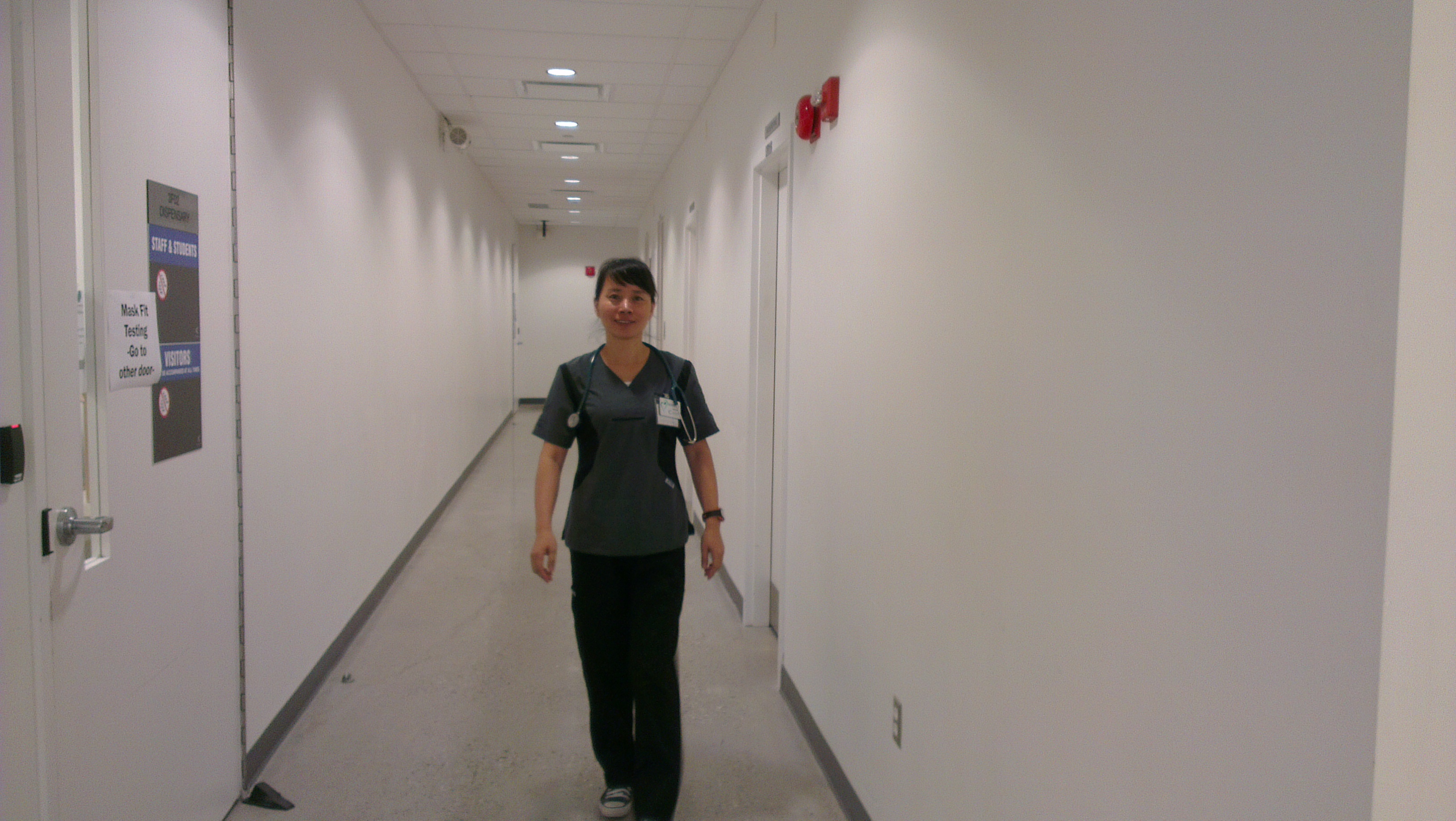Succeeding at a job usually depends on having the right training, knowledge, skills and experience in your field. But for immigrants, there’s another requirement – understanding the communication style and cultural norms of your workplace in your new country.

Lisa Pan
“I think this course provides very valuable information for nurses like me who are from another country,” Pan says. “I usually recommend it to my friends in health care who are immigrants.”
Lisa Pan understood this would be the case when she moved to Canada from China in January 2014. A professionally trained nurse with 10 years of experience, partly as a cardiovascular nurse and partly as a nursing teacher, Pan was eager to continue working in her field. But she knew that even with all her qualifications, she would need to develop new language skills to work in health care in Ontario.
“I was quite familiar with the field of nursing, which is why I wanted to integrate into this profession in Canada, but I knew I needed to improve my language skills,” says Pan, who lives in Waterloo with her husband and teenaged son.
What helped Pan with her transition to health care employment in Ontario was Occupation-specific Language Training (OSLT). These free courses provide immigrants with workplace communication training in the sectors of health care, business, construction, child and youth work, and technology. Funded by Immigration, Refugees and Citizenship Canada and coordinated by Colleges Ontario, OSLT courses are offered at Ontario colleges as full- or part-time options in person, completely online or as a blend of both.
Over five months from late 2014 to early 2015, Pan completed two OSLT courses at Conestoga College: Workplace Communication Skills for Health Care, and Workplace Communication Skills for Interprofessional Health Care Teams. The first course provided an overview of health care workplaces in Ontario, taught how to interact clearly and effectively with patients, and helped participants build their abilities in networking and job interviewing. The second course focussed on communicating competently with members of a health care team, since this work structure is common in Ontario.
Through the courses, Pan learned about the key dimensions of communicating successfully in an Ontario health care setting, including how to effectively document a patient’s medical history, craft an email to a coworker, and communicate effectively with co-workers by phone. She also learned about the collaborative nature of health care delivery here, with cooperation between doctors, nurses and allied health professionals such as physiotherapists, dietitians and social workers.
“I realized that here, the nurse is just one part of the health care team, and all different types of professionals are involved in providing care,” Pan says. “It was very useful for me to gain this understanding of how nurses here function in the workplace.”
Another beneficial aspect of the courses was meeting and building connections with her classmates – a mix of health professionals from countries such as Egypt, Iran and Korea. Some of these individuals are now part of Pan’s professional network on LinkedIn.
After completing the courses, Pan enrolled in a bridging program for practical nursing at Conestoga College. Within six months of graduating, she landed a job at a local nursing home. She works as a nurse in the home’s long-term care facility and also volunteers part-time as a fitness centre supervisor in its retirement residence. She says she regularly uses the communication techniques she learned in the OSLT courses on the job.






